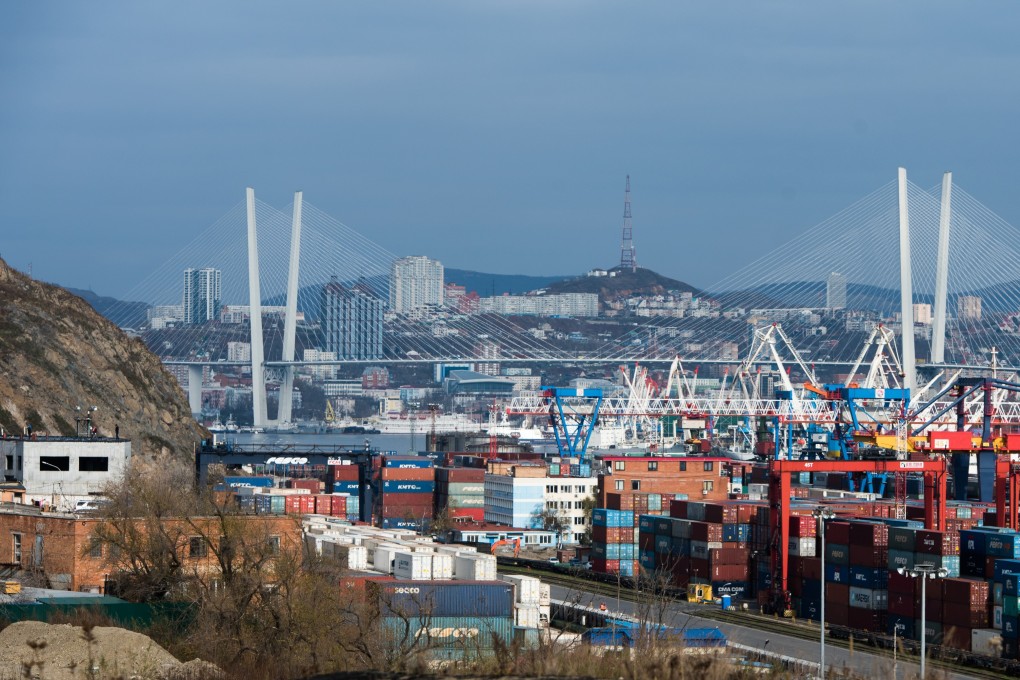China’s use of Russian port to ship goods domestically is ‘symbolic’ of closer ties, but hurdles remain
- Agreement will take effect in June, giving China a shorter and cheaper route to transport goods from its northeastern region to its eastern economic powerhouse
- However, poor infrastructure at Port of Vladivostok and its relatively weak cargo-handling efficiency are expected to curtail the actual effects of the agreement

A Russian region that China controlled for 171 years during the Qing dynasty (1644-1911) will soon serve as a transit hub for domestic Chinese shipments from an inland province, and analysts say the “symbolic” agreement is indicative of deepening ties between Beijing and Moscow.
The Port of Vladivostok, which is the largest port in Russia’s far east, will be used to transport goods from China’s northeastern Jilin province to its eastern powerhouse of Zhejiang province starting on June 1, the General Administration of Customs announced this month.
That will make the Russian port, in essence, a domestic Chinese port for Jilin, from where the goods will be shipped by rail or truck to the port with no tariffs nor taxes incurred.
News of the agreement went viral on Chinese social media, despite similar moves having been made 15 years ago that went largely unnoticed and did not generate a significant rise in trade activity.
The new arrangement comes as Russia, facing unprecedented sanctions from Western countries, is relying on China as a trade lifeline. And next week, a large delegation led by Russia’s premier will attend a bilateral business forum in Shanghai, further consolidating ties.
